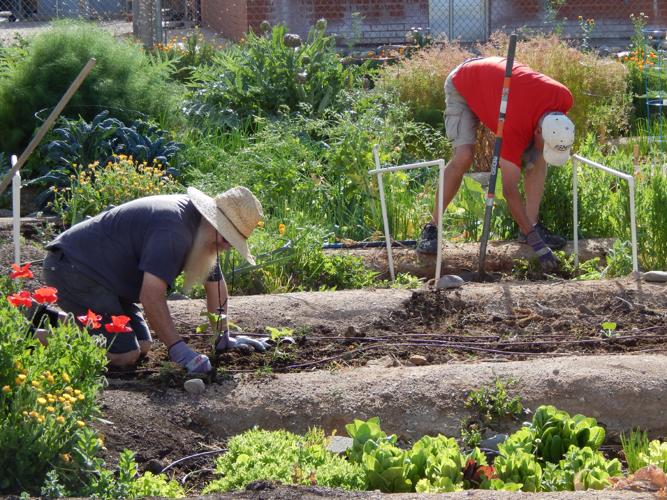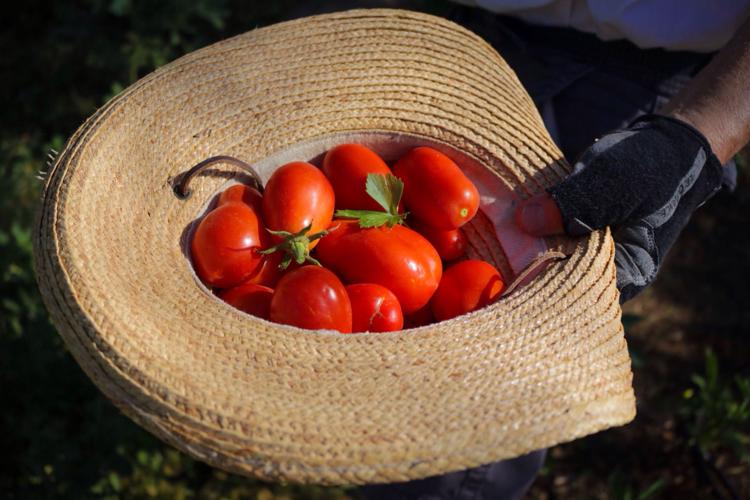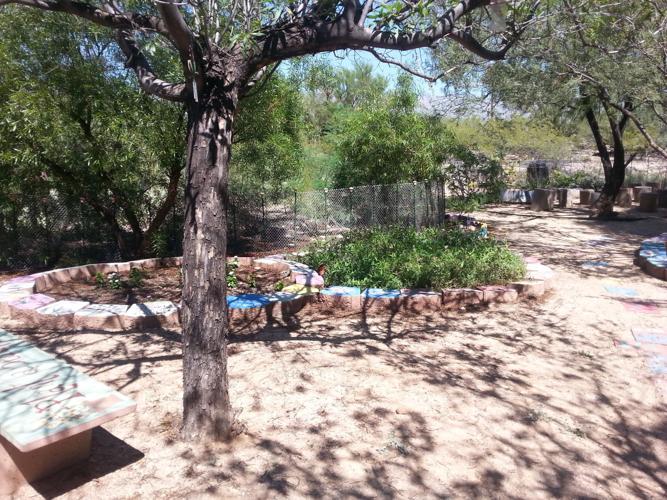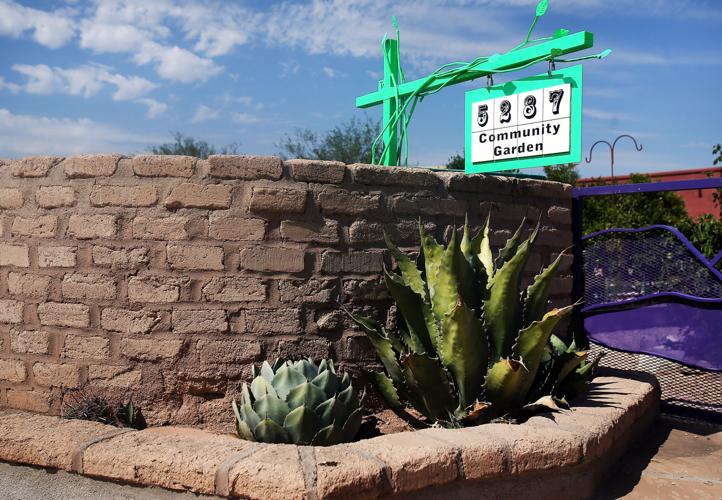Elizabeth Smith is learning that creating a community garden is a tough row to hoe.
Smith has lived in Rita Ranch since 2000. “As other neighbors moved in,” she says, “I started helping neighbors do some gardening.”
A gardener and teacher at heart, she got the idea in 2013 to start a community garden in Tucson city-owned Purple Heart Park.
Smith says she got an endorsement from the parks and recreation department to build the garden. But its policy requires that the department not bear the cost of community gardens. It turns out the $60,000 to develop the land into a garden is too much for Smith and a handful of residents advocating for the garden.
“We can’t afford to move forward on that project on our own,” she says.
But it doesn’t mean she isn’t moving forward. She’s found a privately owned acre of land near Ace Hardware on South Houghton and East Valencia roads.
It already has a water meter, which saves a lot of money in installation costs. Smith, whose group has raised funds for a garden, is seeking permission to clear the land.
Eventually, she hopes the community garden joins the other 25 sites run by Community Gardens of Tucson (CGT), Smith says.
That nonprofit organization has paid workers who collect dues, maintain irrigation and other systems and manage volunteer site coordinators.
No dues
Several neighborhoods have established community gardens on their own.
Places like Iron Horse and Rincon Heights are able to run their gardens less expensively than CGT.
The Rincon Heights Neighborhood Association rents garden space from the University of Arizona for $10 a year in exchange for letting students use it.
The Iron Horse Neighborhood Association in 2009 arranged with Tucson officials to use land at the public Iron Horse Park without rent or water expense.
Tucson Parks and Recreation spokeswoman Sierra Boyer says, “I’m not sure” why this arrangement is different from current policy.
Those gardens’ lower expenses allow low-income neighbors to participate.
“We knew we had a lot of people who were too poor” to afford the rental fees with CGT, says Melody Peters, who coordinates the 36-bed Rincon Heights garden.
Rick Champlin, who’s active in the Iron Horse garden, echoes that concern. “What was really important for us ... is to not have dues because of the demographics in our area,” he says.
The Iron Horse Neighborhood Association uses its 18-bed garden as a central point for activities, says Champlin. Alongside the beds are a community bulletin board and a little free library.
Starting a community garden takes a lot more than digging or building beds.
Iron Horse started on private property, then had to move after two years when the owner wanted to sell it.
A community garden had been in the works for 20 years, Peters says. The UA offered a plot, then took it back for parking, then offered a second site that turned out to be too shady. The third and current site was developed five years ago.
Finding dedicated volunteers to maintain a garden is another challenge. The Case Community Gardens in public Case Natural Resource Park started with a flourish, says gardens coordinator Brianna Curran.
The garden grows a few fruit trees and beds of flowers. It originally was meant to be an inviting neighborhood gathering space.
“There was a large group of interested neighbors” from the Eastside Neighborhood Association, Curran recalls. “They all got together and did the work and the planning. They asked neighbors to come and bring a plant.”
Interest dropped off over the years, Curran says. Now she cobbles together volunteers from students at Academy of Tucson, church groups and Boy Scouts. She keeps the garden growing with seeds from the Pima County Public Library.
Even finding gardeners can be tough sometimes. Curran admits that neighbors no longer garden at Case. Iron Horse, Rincon Heights and Civano sometimes have gardeners who don’t live within the neighborhood association boundaries.
Fewer people garden in the summer when winter visitors and college students are gone. That leaves beds fallow for months.
The Civano Community Garden doesn’t have that problem. Often it has a waiting list for its 48 plots.
The land was dedicated for gardening as part of the planned community. A committee oversees its activities. Sections of the garden grow berries, herbs and fruit trees for any Civano resident to pick. “I think people take pride in the garden,” says coordinator Sharlene Gillette.
Despite the challenges, associations and gardeners find many perks to having community gardens.
Renters can garden without ripping up their landlords’ yards. Residents with no useful gardening space can find better growing conditions. Gardeners can learn from one another.
Local student groups and college students have a resource for learning. And neighbors bond. “It brings people together” says Champlin. “For some people it’s more of a social connection.”









